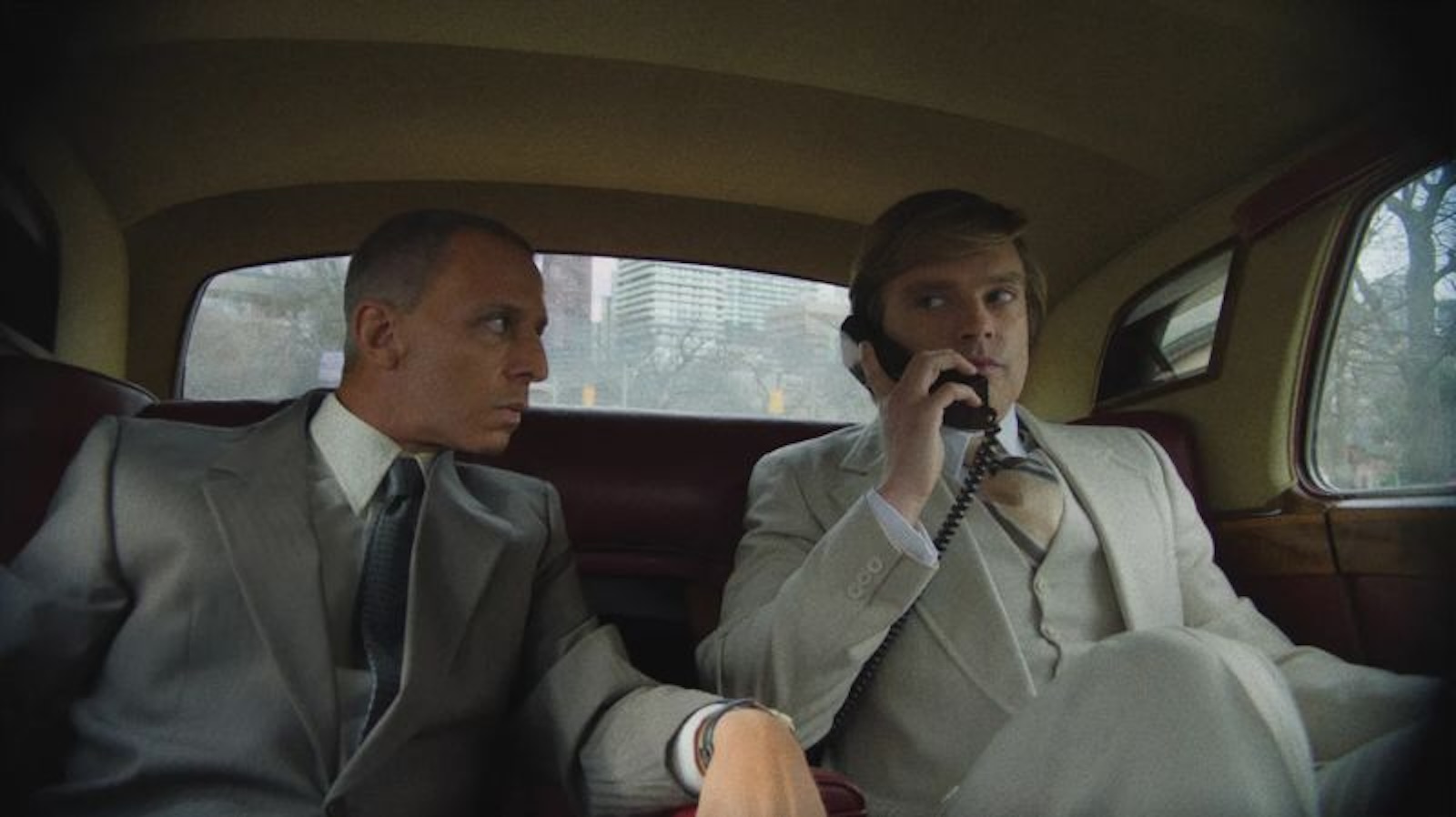Everything seems to point to that Leonardo da Vinci It’s not just one Painter The traces that mark the history of mankind and will be more vivid than ever, it is unique. Chemical Inventor who experimented with a technique that had not been used for a century.
It was released recently study Published by Journal of the American Chemical Society, An international team in this ScientistsThrough unconventional techniques such as X-ray diffraction and infrared spectroscopy, a rare compound was discovered. Plumbonacrite In the base layer of the symbol “Mona Lisa”.
Imagine trying to figure out how the beads are arranged without touching on a closed bracelet. Unable to see directly, he decides Glowing Watch how the light pattern changes after passing through the bracelet and beads with a light. This concept is similar X-ray Diffraction.
The Scientists They shoot X-raysThese are basically very bright beams of light EnergeticNotice how these change for an object good heaven When passing through it. From the way they deviate, they can determine how Atoms Inside Meaning.
On the other hand, the Infrared spectrum It is used to get information about Molecules. This method is based on Light absorption in the region Infrared spectrum Electromagnetism By a molecule And said absorption produces changes in vibrational levels Chemical compounds The same.
In the base layer “The Mona Lisa”, with the addition of white lead pigment and oil, the above composition was discovered Plumbonacrite. This is Meaning2019 was identified among many others Paintings of Rembrandt 17th century, not found in works Italian Renaissance Until now, according to a publication by the American Chemical Society.
The Plumbonacrite Results from a combination of Lead oxides And oil, for one technique It will be used later to speed up drying Paintingsand its existence”Mona Lisa“Mouse Da Vinci As a precursor to this method.
both”Mona Lisa” Like others Paintings Created in the 16th century panels Wood that requires a thick base layer. Experts believe that Da Vinci Created his own mix Dust of Lead oxide And Linseed oil To achieve this primary layer, inadvertently creates rarities composition.
“Everything that comes from that Leonard It is very interesting because he is a ArtistOf course, but it is a ChemicalA Body; He has many ideas and a Experimenter… trying to advance the knowledge of his time,” noted study author Gilles Wallace, a professor at the Sorbonne University. ParisIn an interview cnn.
for analysis”Mona Lisa”, which is now preserved in the museum Paris Louvre They cannot be taken from it SamplesThe Scientists of France And BritainThey returned to a micro sample collected from a hidden corner in 2007 frame.
As Wallace explained to the same media outlet, he and his team were used machine Past Technology call SynchronizationThat with him particle accelerator Allowed them to study composition of the model at the level molecule.
“Hey Samples They have a cultural value Too high,” Wallace told CNN. “You can’t take too much Samples of one PaintSo A Synchronization This is the best way to analyze them.”
This is method allowed us to discover that the base layer of the mural was “The Last Supper“In Da Vinci It was the same Chemical composition than that”Mona Lisa“, however mural A painted the wall. For this job, a wide range SamplesA total of 17, from Paint It perished with time.
“Mona Lisa“and”The Last Supper” are two of less than 20 Paintings know that Da Vinci What did he do in his lifetime? researchers They plan to continue the analysis is playing Learn more about Artist And his technique.

:quality(85)/cloudfront-us-east-1.images.arcpublishing.com/infobae/NQTPVRF37RCN7CLRRTYQUBPMYY.jpg)



:format(jpeg):focal(591x257:601x247)/cloudfront-us-east-1.images.arcpublishing.com/gfrmedia/E6DW6VG2Q5HFFFXA4WSZVTSE4E.jpg)